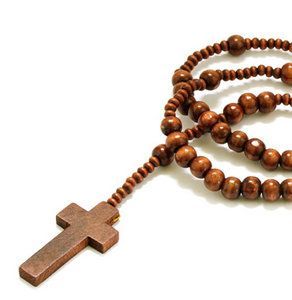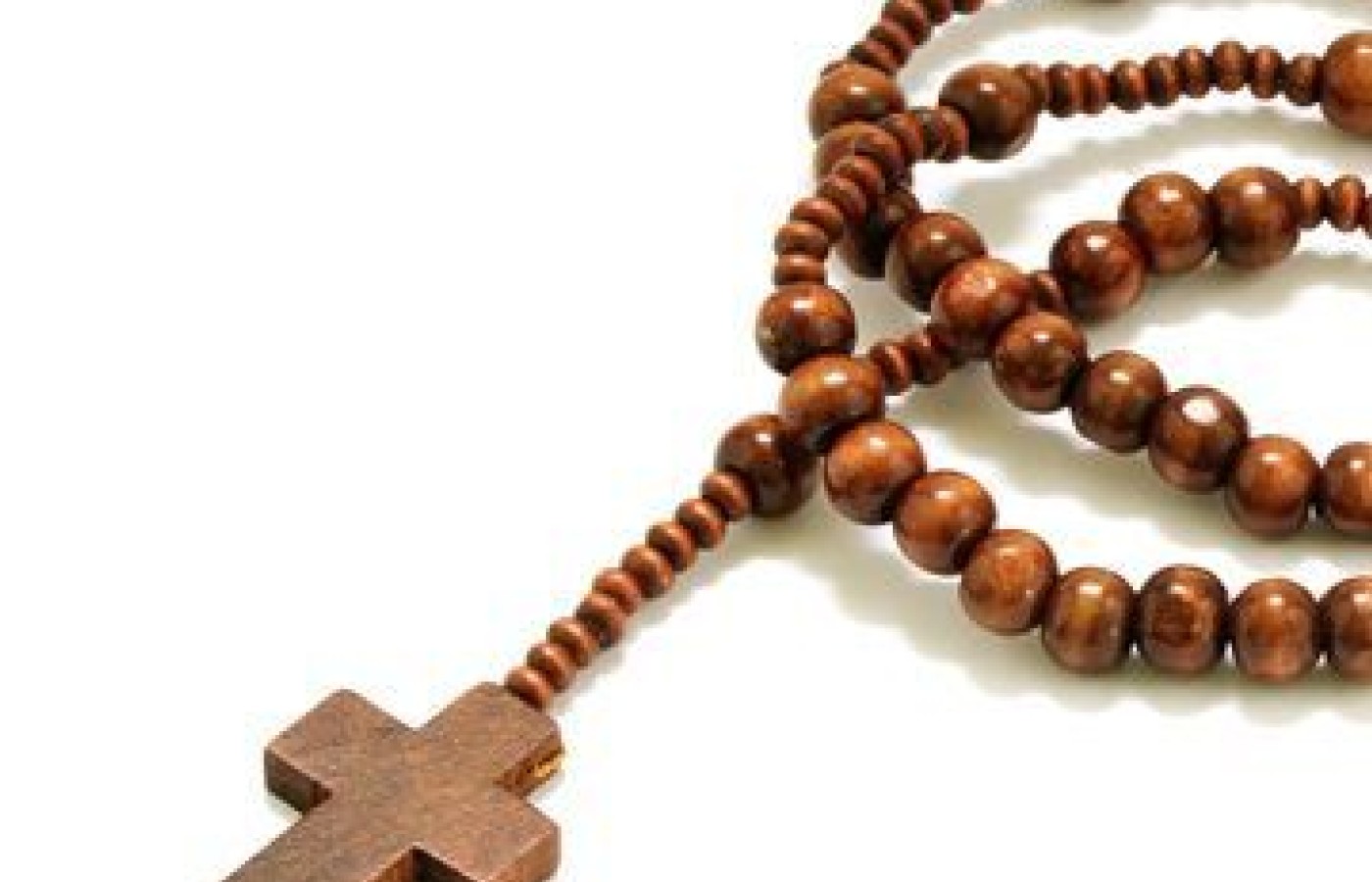People today want convenience, whether it be from their bank, credit card, favorite retail store, or restaurant. They demand it from the companies who hold their loyalty, including their health care providers (you). They don’t want to call and possibly be put on hold, and they want to use an app or schedule an appointment on your website. Here are three reasons your practice can gain by switching to online appointment scheduling.
University of Bridgeport Acupuncture Students Make Rounds at Sisters of Notre Dame
Nuns are not stereotypical acupuncture patients, Dr. Jennifer Brett acknowledges with a laugh. But then again, acupuncture has gone mainstream, just like cappuccinos and recycling. "It's changed a lot from the '70s and '80s," said Brett. "Hospitals have staff acupuncturists and there is also more integration with other medical professionals." It makes perfect sense to Brett that students and professors from the University of Bridgeport Acupuncture Institute provide ongoing treatment for retired nuns at School Sisters of Notre Dame in Wilton, Connecticut, part of an international order of Catholic nuns founded in 1833.
The Acupuncture Institute also runs a clinic on campus that is open to the public, and its students and staff provide acupuncture treatment to patients at other locations. In total, the Institute treats about 5000 patients annually.
The arrangement with the School Sisters, however, was first proposed by a Catholic priest whom Brett once treated for arthritis, neuropathy, and autoimmune inflammation. "He thought we could help the sisters, too," Brett says. "They're a pretty progressive bunch; acupuncture fit the bill as they are very open to new things."

Since 2006, two to three student clinicians from the Institute have made weekly visits to School Sisters. They're supervised by UBAI clinic supervisors who also oversee patient care at the teaching clinic of the Institute in downtown Bridgeport.
"This is Sister Beatrice," the supervisor said by way of introduction. "As you can see, before she retired, Sister Beatrice used to model." The gray-haired octogenarian doesn't miss a beat: "Oh! You're trouble!" Rejoinder summarily launched, she shifts her attention to the student interns who are currently providing acupuncture care at the order. Interns may complete up to 100 hours of clinical practice with the nuns prior to graduation, when a new group of student clinicians will take their place.
Then Sister Beatrice fills in highlights from her week. She loves to play the piano — Beethoven, mostly — and paint landscapes inspired by the American impressionists, who, to her mind, better captured nature's beauty on canvas than the French. But these hobbies make her arthritic hands ache. Sister Beatrice also has osteoporosis, and her back, frozen into a painful arc, could also use acupuncture.
The interns direct Sister Beatrice into one of three treatment rooms where they will ask her questions about how she has been feeling since the last visit and check her pulse and tongue as part of the traditional Chinese medical diagnosis before starting acupuncture. Treatments last 20 to 30 minutes while the sisters relax. The interns expect the treatment in this case to trigger a release of natural endorphins from the brain that help the body to relax and increase blood flood. Because of her back, Sister Beatrice also will receive Tui Na, a form of bodywork. Tui Na is a required part of the training at the Acupuncture Institute where students complete one full year of classes, as well as required clinical rotations. The massage complements the acupuncture by further increasing xue and qi circulation.
Supervisors and students treat six to eight sisters during their three-hour visit. They confer about patient diagnoses before the student clinicians provide acupuncture. "The main thing we're treating are aches and pains associated with arthritis and aging," one intern notes. "These nuns have developed a strong work ethic in their life; they like to be active, and it shows in their vitality. Compared to other 80-year-olds, they're in good physical shape and very good cognitive shape."
At 90, Sister Teresa is the oldest patient the UBAI group will see on this particular visit. She still works at the Lourdes Health Care Center, the on-site assisted living facility for the sisters, as a medical records and health information specialist. Recounting memories of her childhood, she also makes for a fascinating storyteller.
"I grew up during the Depression," she said, when asked about her background. "My father was an accountant in a piano factory in Bridgeport. The day he lost his job was the same day that the American Bank and Trust on East Main Street closed. When I walked by the bank, I could see the women pounding on the door and crying and screaming. It was awful."
At the time of Sister Teresa's first visit, she said "I was taking various medications and I was worried about side effects." She's been able to eliminate her medications, but still takes daily vitamins. "I'm into natural stuff," she said breezily.
Others report similar improvements. Sister Christina began getting acupuncture treatments after specialists were unable to ameliorate the pain she suffered from fibromyalgia. "I was pretty skeptical in the beginning because so many other things didn't work," she admits. "The acupuncture didn't work overnight but after about six weeks, I started feeling better."
Sister Christina credits both the acupuncture needles, as well as the care givers themselves, for her improved health. Supervisors and students are very patient. "They take their time, they care, and that goes into the healing process. It makes a big impression on you."
With her throaty laugh and unvarnished honesty, Sister Christina leaves an impression, too. She loves to discuss big issues — like faith and the state of the world — with the acupuncture students. "It truly, truly, truly moves my spirits," one intern notes about working with the Sisters. "They have knee problems and arthritis and other problems, but they never nag. There's so much of that in the world, but not here. They're thankful. When it rains, they thank God. When it's sunny, they thank God. When there's a tsunami, they thank God it wasn't bigger. That has been the biggest thing I have learned from them in the past year, to modify my behavior; to be more thankful."



